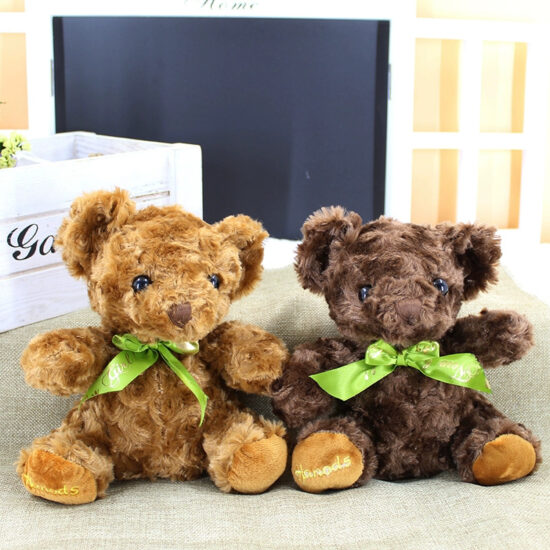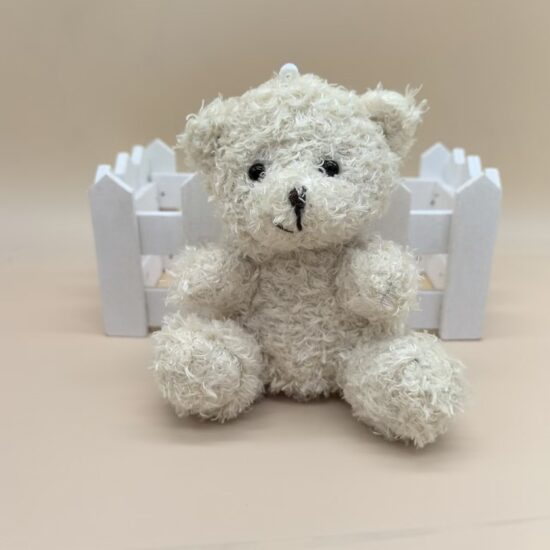bob@nbdho.com
The Psychology Behind Teddy Bears and Comfort
Here’s a look at the psychology behind teddy bears and why they bring comfort:
The Psychology Behind Teddy Bears and Comfort
- Transitional Objects
- Teddy bears act as “transitional objects” in child development, providing a sense of security when kids face separation from parents or familiar environments.
- Attachment and Emotional Regulation
- Hugging or holding a teddy bear helps regulate emotions by releasing oxytocin, the “feel-good” hormone that reduces stress and promotes calmness.
- Symbol of Safety
- Teddy bears represent a safe haven, giving the brain a visual and tactile cue that soothes anxiety and fear.
- Nostalgia and Memory
- For adults, teddy bears evoke childhood memories and a comforting sense of nostalgia, which can reduce stress and improve mood.
- Tactile Stimulation
- The soft texture provides sensory comfort, which is especially beneficial for children and adults with sensory processing needs.
- Consistent Companionship
- A teddy bear is a non-judgmental, always-available companion that provides emotional support without demands or expectations.

